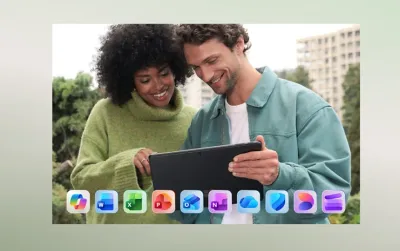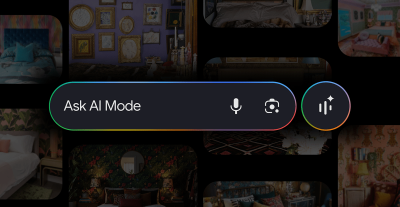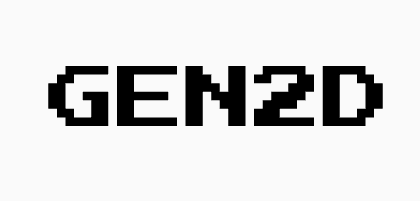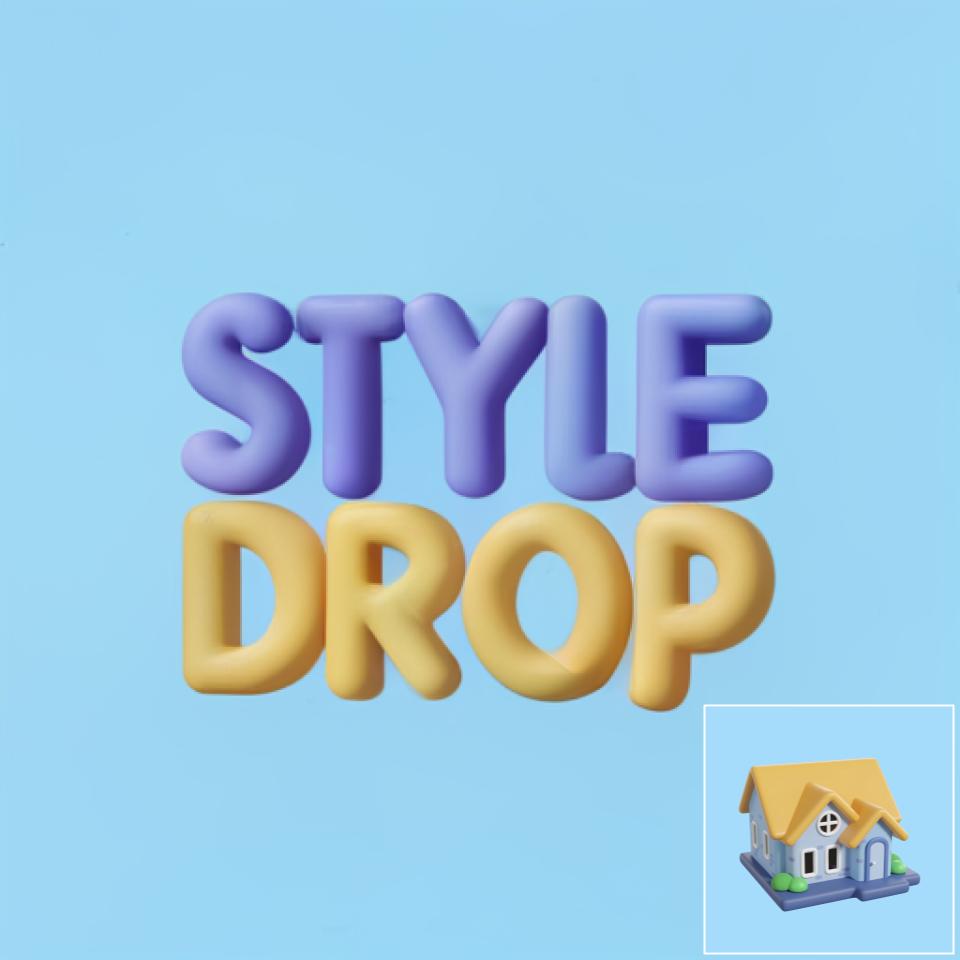Eva.circul
Expand your imagination with Canvers!
Visual Content Generation Image to Video Face to Image Pose to Image Image to Image Text to ImageTool Information
| Primary Task | Images |
|---|---|
| Category | media-and-content-creation |
| Sub Categories | image-to-video image-to-image text-to-image art-generation |
Canvers is a versatile AI tool that focuses on generating visual content. It has multi-faceted aspects where it facilitates the transformation of various input types into targeted outputs. Key features include 'Image to Video', 'Face to Image', 'Pose to Image', 'Image to Image', and 'Text to Image'. The 'Image to Video' feature aids in the transformation of static images into interactive videos, thereby providing a dynamic perspective to otherwise still pictures. The 'Face to Image' and 'Pose to Image' functionalities leverage various attributes related to the human body and convert them into defined images. Conversion from 'Image to Image' may involve improvements, edits, or alterations in the original image to make it more appealing or tailored to specific requirements. Lastly, the 'Text to Image' feature allows the transformation of textual data into representative images, potentially providing a creative route for narration or storyboarding. Additionally, the tool features voice options in multiple languages (English and Korean). Users can select from either a female or male voice in their desired language to pair with their content. Canvers also gives users the capability to explore multiple ways of expanding their imagination. This includes experimenting with avatar design, pose modelling, and creating visual narratives from text.
| Pros |
|---|
|
| Cons |
|---|
|
Frequently Asked Questions
1. What is Eva.circul and what does it do?
Eva.circul is a machine learning algorithm designed to group and label data. It uses a combination of classification and clustering techniques to automatically detect patterns and correlations in data sets. This allows more efficient and accurate data analysis, as Eva.circul scans data sets for similarities and differences between data points, assigns labels, and creates clusters.
2. What sort of data analysis does Eva.circul perform?
Eva.circul performs data analysis by using its pattern detection capabilities to group and label data. It identifies patterns and correlations within a data set, and uses this information to create clusters and assign labels. This streamlined and automated process makes data analysis more efficient and accurate.
3. Can Eva.circul detect anomalies in the data?
Yes, Eva.circul can detect anomalies in the data. It uses its machine learning capabilities to identify outliers and differences that deviate from established patterns or norms within a data set.
4. Can Eva.circul create predictive models?
Yes, Eva.circul can create predictive models. Its ability to recognize patterns and correlate data enables it to form predictive models that can help aid more effective decision-making.
5. In what industries is Eva.circul useful?
Eva.circul is useful in a variety of industries such as marketing, finance, healthcare, and engineering. Since the tool is designed for flexible application, it can offer value in any sector that requires efficient and accurate data analysis.
6. What is Canvers and what can it do?
Canvers is an AI tool geared towards generating visual content. It has the ability to convert various forms of inputs into targeted outputs such as 'Image to Video', 'Face to Image', 'Pose to Image', 'Image to Image', and 'Text to Image'. In addition, Canvers offers multilingual voice options, avatar design, pose modelling, and the creation of visual narratives, providing users with various avenues to expand their creative imagination.
7. What is the 'Image to Video' feature in Canvers?
The 'Image to Video' feature in Canvers transforms static images into dynamic videos. This functionality provides a unique, interactive approach to visual content by bringing still images to life.
8. How does Canvers' 'Face to Image' functionality work?
Canvers' 'Face to Image' functionality involves converting facial attributes into clear, defined images. The precise workings of this feature are not explicitly discussed, but it likely uses detailed facial recognition and conversion algorithms to achieve this.
9. Can Canvers convert text into images?
Yes, Canvers can convert text into images with the 'Text to Image' feature. This allows users to transform written words into corresponding images, creating a more visual storytelling approach.
10. What sort of voice options does Canvers have?
Canvers offers multiple voice options in two languages - English and Korean. Users have the option to choose from either a male or female voice in their chosen language to complement their content.
11. Can I create visual narratives using Canvers?
Yes, you can create visual narratives using Canvers. The tool is designed to help users build visual stories from text, allowing for more engaging and creative storytelling.
12. Can Canvers be used for avatar design?
Yes, Canvers can be used for avatar design. The tool provides a platform for users to experiment with creating their own avatars, facilitating an immersive, customizable user experience.
13. How does the 'Pose to Image' function work in Canvers?
The 'Pose to Image' function in Canvers works by converting physical body poses into defined images. While the exact algorithm is undisclosed, it likely leverages machine learning to accurately capture and convert body poses.
14. What is the purpose of the 'Image to Image' tool in Canvers?
The 'Image to Image' tool in Canvers is designed to make alterations or improvements to the original image, tailoring it to specific requirements or making it more visually appealing.
15. Can Canvers help to edit and alter original images?
Yes, Canvers can help edit and alter original images. This is possible through the 'Image to Image' feature, which is designed to edit, improve, or make alterations to existing images based on user requirements.
16. Can I choose the gender of the voice in Canvers?
Yes, you can choose between a male or female voice option in Canvers. This choice is available for both English and Korean languages, providing broad options for voice pairing with content.
17. What does the storytelling feature in Canvers do?
The storytelling feature in Canvers allows for the conversion of textual data into representative images. This provides a more engaging way to narrate stories or present information by creating a visual representation of the content.
18. Can Canvers generate images from different types of input?
Yes, Canvers can generate images from different types of inputs such as text, poses, faces, and existing images. This versatile design offers users a platform to convert a wide range of inputs into unique and custom visual content.
19. How does Canvers facilitate the expansion of imagination?
Canvers facilitates the expansion of imagination by providing a versatile portrait of visual content creation features. From converting input types to designing avatars and creating visual narratives, all functionalities encourage and empower users to think creatively and create unique, tailored visual content.
20. Can Canvers convert static images into interactive videos?
Yes, Canvers has the ability to convert static images into interactive videos through its 'Image to Video' feature. This provides an innovative way to animate and interact with traditionally static imagery.
Comments
Similar Tools
Related News

Adam Mosseri, the influential head of Instagram, recently addressed a persistent and unnerving rumor that has plagued the platf...
@devadigax | Oct 01, 2025

OpenAI, the pioneering force behind ChatGPT and DALL-E, finds itself in an unexpected and ironic predicament with the nascent l...
@devadigax | Oct 01, 2025

Microsoft is making a bold strategic move in the rapidly evolving landscape of artificial intelligence, effectively repositioni...
@devadigax | Oct 01, 2025

The Wikimedia Foundation, the non-profit organization behind Wikipedia and its sister projects, is embarking on an ambitious in...
@devadigax | Sep 30, 2025

Google is once again pushing the boundaries of how we interact with digital information, announcing a significant update to its...
@devadigax | Sep 30, 2025

Microsoft has begun rolling out a significant update to its Photos app on Windows 11 that leverages artificial intelligence (AI...
@devadigax | Sep 26, 2025
 AI Tool Buzz
AI Tool Buzz
 A1.art
A1.art GEN2D
GEN2D Styledrop
Styledrop